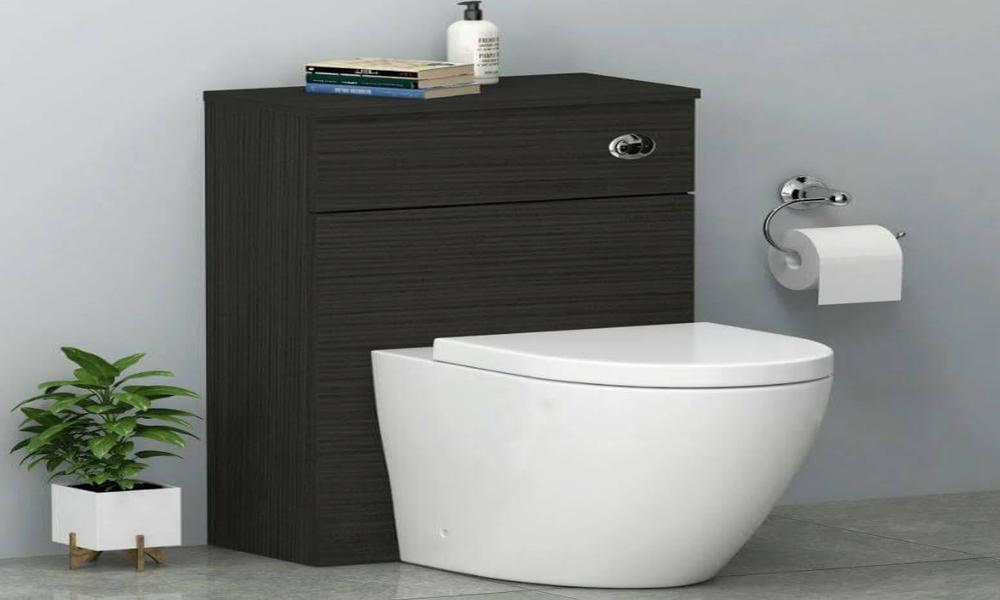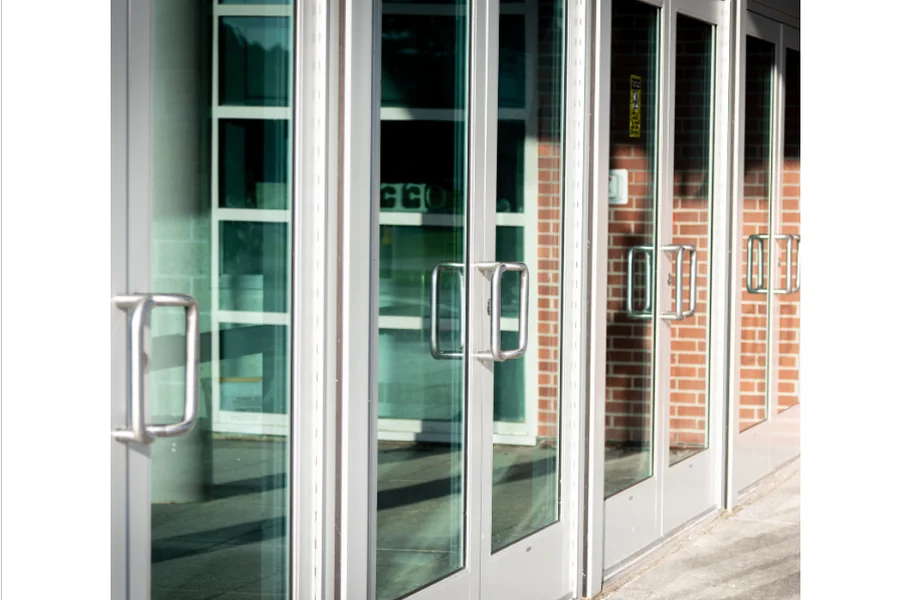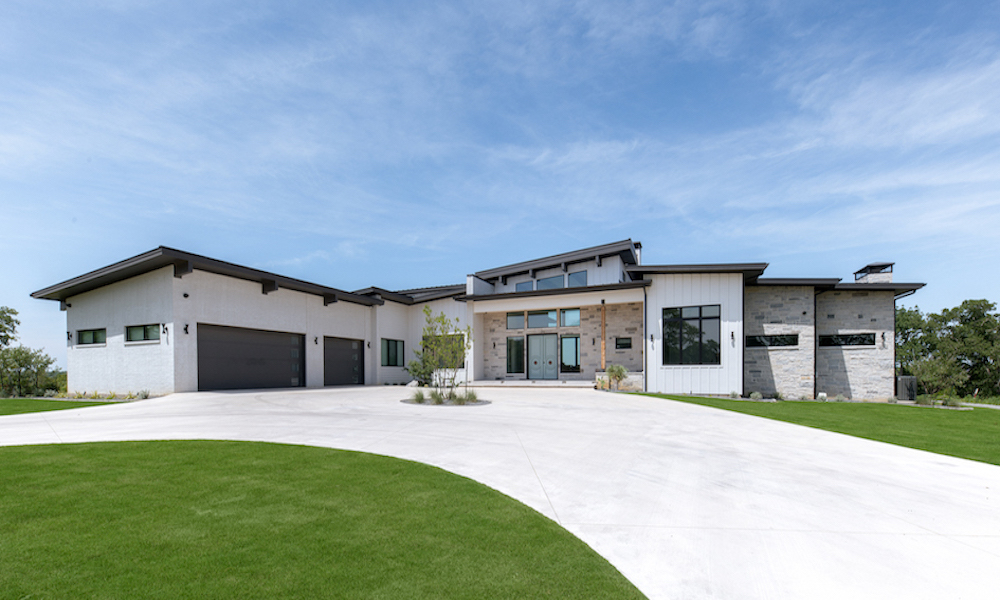Everything you know about toilet unit

A toilet unit, also known as a toilet bowl or simply a toilet, is a plumbing fixture that is used for the disposal of human waste. It consists of several parts, including the bowl, the tank, the flush valve, and the fill valve. The bowl is the part of the toilet where waste is deposited. It is typically made of ceramic, although other materials such as porcelain and stainless steel are sometimes used. The tank is the part of the toilet that holds the water used to flush the bowl. It is typically mounted on the back of the bowl and is connected to the bowl via a flush valve. The flush valve is a mechanism that allows water to enter the bowl and flush away waste. It is typically activated by pressing a lever or button on the tank. The fill valve is a mechanism that controls the flow of water into the tank. It is typically activated by a float that rises with the water level in the tank. Toilet units come in a variety of styles, including one-piece and two-piece designs. The choice of toilet unit will depend on factors such as personal preference, budget, and the plumbing system in the building.
Material used in composition of toilet unit
Toilet units can be made from different materials, but the most common material used in their composition is ceramic. Ceramic is a popular choice for toilet bowls because it is durable, easy to clean, and resistant to stains and scratches. Porcelain is another material that is commonly used in the manufacture of toilet units. Porcelain is similar to ceramic in many ways, but it is harder and more durable, making it a good choice for high-traffic areas. In addition to ceramic and porcelain, other materials that are sometimes used to make toilet units include stainless steel, plastic, and glass. Stainless steel is a popular choice for public restrooms and other commercial settings because it is durable and resistant to vandalism. Plastic and glass toilets are less common, but they can be a good choice for certain applications where aesthetics are important. Regardless of the material used, toilet units are designed to be water-resistant and easy to clean in order to maintain hygiene and prevent the buildup of bacteria and other harmful microorganisms.
Benefits of toilet unit
Toilet units are designed to be easy to clean and maintain, which helps to prevent the buildup of harmful bacteria and other microorganisms. Many modern toilet units are designed to use less water per flush than older models. This can help to conserve water and reduce water bills. Modern toilet units are designed with comfort in mind, with features such as ergonomic seat shapes and soft-close lids. This can make them more comfortable to use than older models. Toilet units come in a wide range of styles and designs, allowing them to fit seamlessly into any bathroom decor. This can help to improve the overall aesthetics of a bathroom and add value to a home or commercial property. Some toilet units, such as composting toilets, can have environmental benefits by reducing the amount of waste that goes into landfills and by producing natural fertilizer.











